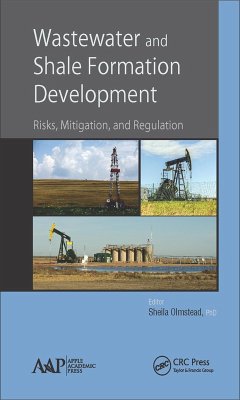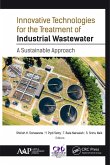This title includes a number of Open Access chapters. The number of tight oil and shale gas wells continues to rise primarily in the US, but also worldwide. The US has vast reserves of oil and natural gas, which now are commercially reachable as a result of advances in horizontal drilling and hydraulic fracturing technologies. But as hydraulic frac
Dieser Download kann aus rechtlichen Gründen nur mit Rechnungsadresse in A, B, BG, CY, CZ, D, DK, EW, E, FIN, F, GR, HR, H, IRL, I, LT, L, LR, M, NL, PL, P, R, S, SLO, SK ausgeliefert werden.









